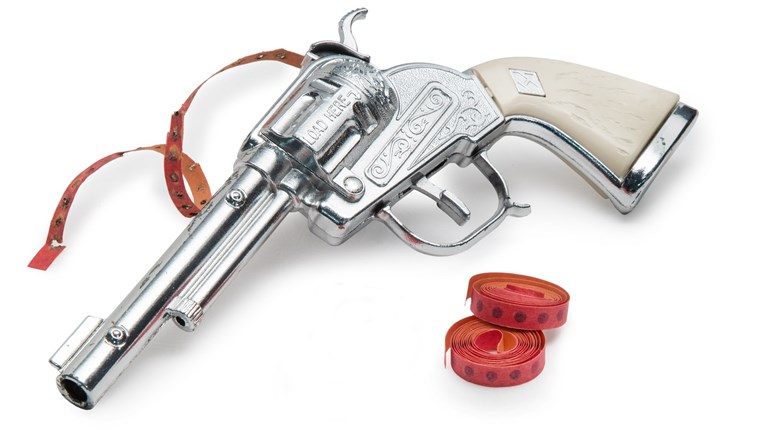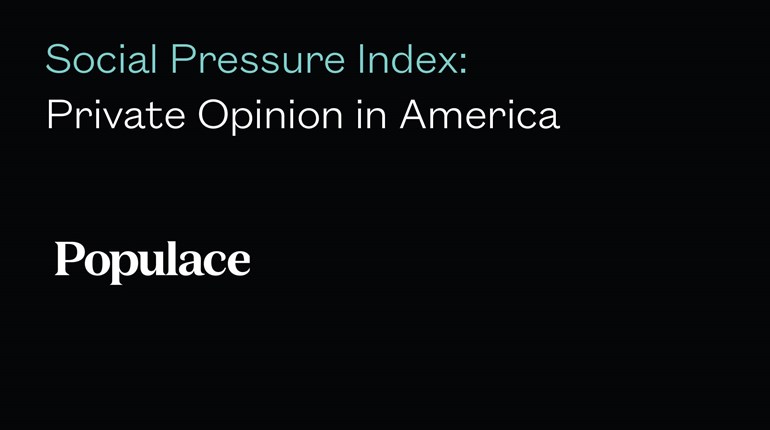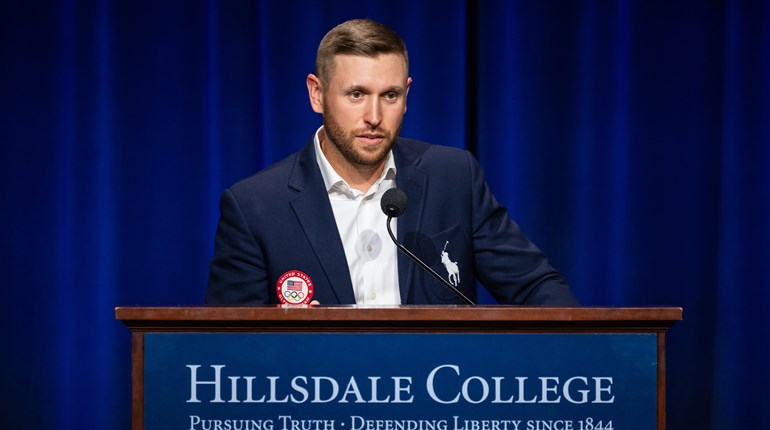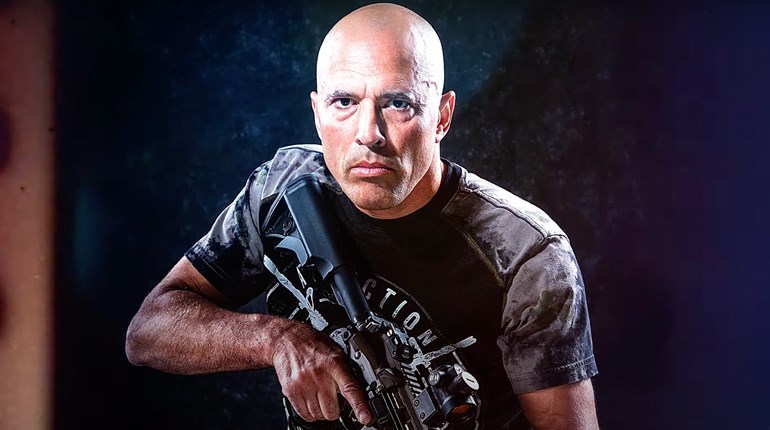
Not since D.C. v. Heller (2008) and McDonald v. Chicago (2010) were decided by the U.S. Supreme Court has a more-fundamental Second Amendment case been poised to affect our freedom.
This month—on November 3—the high court will hear New York State Rifle & Pistol Association Inc. v. Bruen.
This case asks the fundamental question: “Whether the State’s [New York] denial of petitioners’ applications for concealed-carry licenses for self-defense violated the Second Amendment.”
The question is answered in the New York State Rifle & Pistol Association’s (NYSRPA) opening brief. (NYSRPA is the NRA official state affiliate in New York. Much of this article is taken from NYSRPA’s brief.) The Second Amendment, as articulated in Heller and applied to state and local governments in McDonald, does restrict government from infringing on American citizens’ individual right to keep and bear arms inside and outside the home.
New York didn’t get the message.
For a member of the general public, the only way to lawfully possess a firearm in New York—whether inside or outside the home—is to obtain a license required under N.Y. Penal Law §400.00. Licenses are issued by licensing officers. These are typically judges or law-enforcement officers. According to the state, “[n]o license shall be issued or renewed” unless the licensing officer determines that the applicant, among other things, is of good moral character and lacks a history of crime or mental illness, and that “no good cause exists for the denial of the license.”
In addition to satisfying the conditions to possess a firearm in the home, an applicant for a license to carry a firearm outside the home must demonstrate, to a licensing officer’s satisfaction, that “proper cause exists for the issuance thereof.”
The phrase “proper cause” is not actually defined in the New York Penal Code; however, New York courts have manufactured a definition of sorts. They have ruled that a “generalized desire to carry a concealed weapon to protect one’s person and property does not constitute ‘proper cause.”’ In other words, having already satisfied the conditions to lawfully possess a firearm in the home, plus a simple desire to exercise a fundamental right outside the home, is not enough. Nor is living or working in a high-crime area. Courts have even denied people whose jobs require them to “carry large amounts of cash in areas ‘noted for criminal activity.’” Instead, a citizen must somehow “demonstrate a special need for self-protection distinguishable from that of the general community or of persons engaged in the same profession.”
Lower courts have even affirmed denials of citizens’ constitutional rights when residents showed their lives were in danger.
 As it stands now, New York law makes it effectively impossible for an ordinary, law-abiding citizen to obtain a license to carry a handgun for self-defense. Instead, to exercise their Second Amendment rights, a person must prove they are not typical; in fact, it is common for individuals who have satisfied state officials that they should not be prohibited from possessing and carrying firearms for other purposes, such as hunting and target shooting, to nonetheless be denied a license to carry a handgun for self-defense.
As it stands now, New York law makes it effectively impossible for an ordinary, law-abiding citizen to obtain a license to carry a handgun for self-defense. Instead, to exercise their Second Amendment rights, a person must prove they are not typical; in fact, it is common for individuals who have satisfied state officials that they should not be prohibited from possessing and carrying firearms for other purposes, such as hunting and target shooting, to nonetheless be denied a license to carry a handgun for self-defense.
This turns a constitutional right, meant to be a restriction on government, on its head. New York, and some other jurisdictions, have taken the position that the Second Amendment—unlike the First Amendment and other rights specifically protected in the U.S. Bill of Rights—is more akin to a government-granted privilege that states can take away or bequeath as they choose. This is not in keeping with the text, history or tradition of the right to arms in America.
The problems with New York’s unconstitutional system are exemplified by the petitioners in this case.
Robert Nash and Brandon Koch, for example, are law-abiding citizens of New York who wish to possess and carry firearms for self-defense. They have passed all required background checks and met every other qualification New York imposes upon them. Nonetheless, like the vast majority of law-abiding New Yorkers, they have been denied the right to carry for the purpose of self-defense.
Nash does possess a “restricted” license to carry a firearm, which permits him to carry his handgun outside the home for hunting and target shooting, but not for self-defense. In 2016, after taking an advanced firearm safety course, Nash asked the appropriate licensing officer to lift those restrictions so he could carry his handgun for self-defense. Nash cited a string of recent robberies in his neighborhood for his reason to want to be prepared to defend himself, but the licensing officer denied his application on the grounds that he “failed to show ‘proper cause’ to carry a firearm in public for the purpose of self-defense, because he did not demonstrate a special need for self-defense that distinguished him from the general public.”
Koch also possesses a “restricted” license, which permits him to carry his handgun outside the home for hunting and target shooting, but not for self-defense, unless he’s driving to and from work. Koch asked the licensing officer to lift those restrictions, but he was also denied his rights on the same grounds, that he “failed to show ‘proper cause’ to carry a firearm in public for the purpose of self-defense, because he did not demonstrate a special need for self-defense that distinguished him from the general public.”
The fact that even a restricted carry license is required for hunting and target shooting, activities that intrinsically require a person to have a firearm, illustrates the byzantine nature of New York’s licensing regime. Especially where a person is already required to have a hunting license, New York effectively stacks licensing requirements on top of licensing requirements. The real goal is clearly to deter law-abiding New Yorkers from engaging in the exercise of their fundamental rights.
Nash and Koch are hardly unique. Many members of the NYSRPA would like to exercise their right to carry handguns for self-defense but are prohibited from doing so because they cannot satisfy New York’s unconstitutional “proper-cause” standard.
To remedy this clear infringement on their constitutional rights, they filed suit. Officials, meanwhile, moved to dismiss their case. Lower courts sided with the licensing officials, and thereby allowed local authorities to deny peoples’ constitutionally protected rights for the arbitrary rationale that they didn’t substantiate a “need” to the satisfaction of licensing officials.
In its denial of these rights to “average” citizens, the Second Circuit, for example, began by positing that Heller “raises more questions than it answers.” According to the Second Circuit, “[w]hat we know from [Heller] is that Second Amendment guarantees are at their zenith within the home,” but “[w]hat we do not know is the scope of that right beyond the home and the standards for determining when and how the right can be regulated by a government.”
After determining that there are questions left to be answered, the Second Circuit simply decided to allow licensing authorities the authority to deny the right of New Yorkers to bear arms. In so doing, the Court accepted the state’s claim “that limiting handgun possession to persons who have an articulable basis for believing they will need the weapon for self-defense is in the best interest of public safety.”
New York’s restrictive licensing scheme is clearly unconstitutional. Even the top laywers in the Empire State seem to realize this fact.
This left residents of New York, and those who live in other “may-issue” jurisdictions, asking the government for permission to exercise their enumerated, fundamental right to bear arms.
Clearly, New York’s continued denial of applications for licenses to carry handguns for self-defense from law-abiding residents violates their rights under the Second Amendment. That conclusion is compelled by the text, history and tradition of the Second Amendment, all of which confirm that the right it secures encompasses a right to carry handguns outside the home for self-defense.
The text of the Second Amendment guarantees a right “to keep and bear arms.” It is elementary that “to bear arms implies something more than the mere keeping.” Otherwise, those words would serve no purpose at all, which would violate the cardinal principle of constitutional interpretation. Their purpose and meaning is clear: the reference to bearing arms secures the pre-existing, fundamental right to “carry weapons in case of confrontation,” as stated in Heller.
Of course, confrontations and the need for self-defense—at the time of the founding and today—are hardly limited to the home; as a result, confining the Second Amendment to the home defies both the text of the Second Amendment and common sense.
Indeed, the historical record overwhelmingly confirms that the Second Amendment protects a right to carry firearms outside the home. In the centuries before the founding, the English right upon which the Second Amendment was based was uniformly understood to protect a right to carry ordinary arms for a range of lawful purposes, chief among them self-defense. That understanding was only amplified on this side of the Atlantic, where the dangers and potential need for self-defense both inside and outside the home were magnified. Carrying arms was commonplace in early America, and it was regarded as an exercise of the fundamental, inherent right of every individual to defend himself.
Following the Civil War, both the consensus that the Second Amendment is not a homebound right and the continued temptation of governments to selectively disarm the public were on full display. As freedmen in the South were subjected to waves of atrocities, typically preceded by attempts on the part of local authorities to disarm them, Congress and the federal officials entrusted with protecting them insisted that securing their Second Amendment rights was critical to ensuring that they could protect themselves. That belief was premised on the understanding that the Second Amendment guaranteed the right to carry arms outside the home for self-defense. In short, from long before the founding to long after, the right protected by the Second Amendment was widely understood to encompass the right to carry arms outside of the home.
Given that text, history and tradition, New York’s effort to deprive law-abiding New Yorkers of this right, unless these citizens can somehow satisfy the whims of a government official, is unconstitutional. Simply put, the state cannot reserve for a happy few a right that the Constitution protects for all “the people.”
As with the District of Columbia’s ban in Heller, New York’s law effectively criminalizes the exercise of a fundamental right and is wholly antithetical to the Second Amendment.
It seems obvious that the Second Amendment secures to the people the right to carry arms outside the home for self-defense. This conclusion is clear in the constitutional text and was confirmed by all the same historical sources the U.S. Supreme Court relied on in Heller to conclude that the Amendment secures an individual right.
The prospects for confrontations outside the home and the corresponding need to bear arms for self-defense were as clear in colonial America as they are today. As Heller put it, “the right secured in 1689 ... was by the time of the founding understood to be an individual right protecting against both public and private violence.”
To be sure, like the right to keep arms and virtually every other constitutional right, the right to carry arms was not unlimited, as the Court ruled in Heller, to “carry any weapon whatsoever in any manner whatsoever and for whatever purpose.” But the Second Amendment is, and clearly has always been, a right of the people to “keep and bear arms.” Therefore, New York, or any other government body for that matter, cannot outright demand that people prove they really “need” this right according to the whims of bureaucratic decision makers at a local licensing authority.
Indeed, the notion that the Second Amendment’s protections do not extend outside one’s home is incompatible with the entire thrust of Heller and McDonald. As McDonald explained, “in Heller, we held that individual self-defense is ‘the central component’ of the Second Amendment right,” and that “citizens must be permitted ‘to use handguns for the core lawful purpose of self-defense.’”
As history confirms, the founders who wrote and ratified the Second Amendment certainly understood that the need for self-defense is not, and has not ever been, confined to the home. That was true at the framing, it was true in the wake of the Civil War—when Congress acted to protect the rights of new citizens on the public highways—and it is true today.
From long before the founding through well after the ratification of the Fourteenth Amendment, the Second Amendment was overwhelmingly found to mean exactly what it says: “The people” have the right not just to “keep” arms in their homes, but to “bear” them outside their homes for self-defense.
New York’s restrictive licensing scheme, therefore, is blatantly unconstitutional. And, even the top lawyers in the Empire State seem to realize this fact.
The New York attorney general’s office is clearly concerned with being forced to defend such an obviously unconstitutional law. In its reply brief, the state attempted to rewrite the question presented, which is how the U.S. Supreme Court frames the primary question it will answer in cases it chooses to hear. The Court formulated that question as: “Whether the State’s denial of petitioners’ applications for concealed-carry licenses for self-defense violated the Second Amendment.”
New York attempted to rewrite the question as: “Whether the restrictions placed on petitioners’ concealed-carry licenses violate the Second Amendment.” The state clearly does not want to defend its denial of the petitioners’ right to bear arms.
A decision in this monumental case likely won’t come until next spring, and may not come until the end of the Court’s term in June. We’ll continue to report on what is happening with this critical case in these pages, and on A1F.com.


































